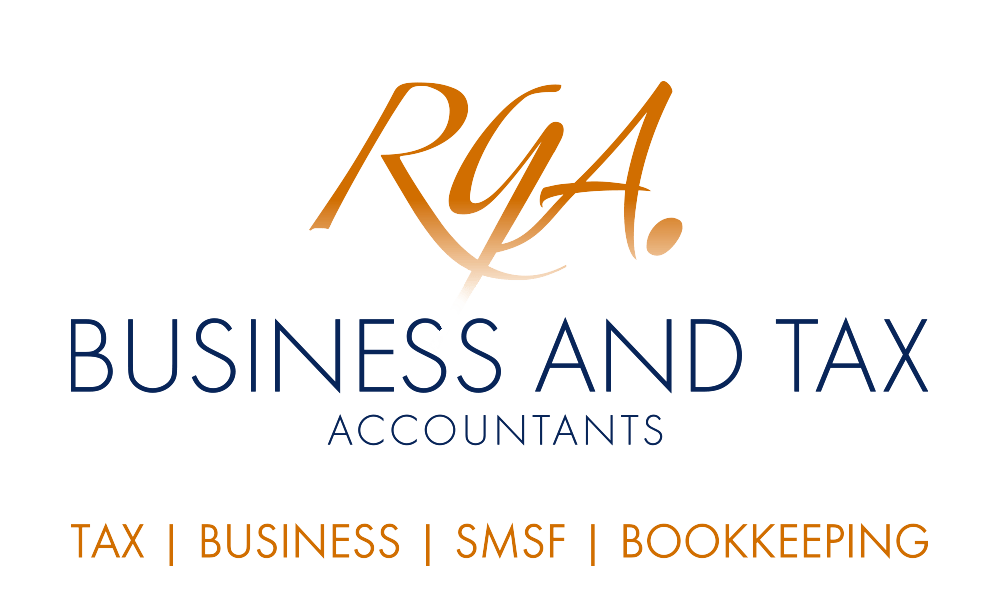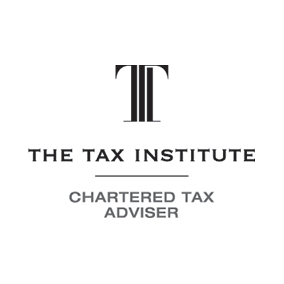
The cents per kilometre rate for motor vehicle expenses for 2022-23 financial year (1 July 2022 to 30 June 2023) has increased to 78 cents. For the 2023-24 financial year (1 July 2023 to 30 June 2024 the cents per kilometre rate for motor vehicle expenses has increased to 85 cents.
Claiming a deduction for car expenses
To claim a deduction for car expenses:
- Your vehicle must meet the definition of a car.
- You must own or lease the car.
- You do not own or lease the car if you use it under a salary sacrifice or novated lease arrangement.
- The expenses must be for work-related trips.
- You can claim for trips between workplaces or to perform your work duties.
- You can't claim for trips between your home and place of work, except in limited circumstances.
- You must have spent the money yourself and weren't reimbursed.
- You must have the required records.
If it's someone else's car or it's another type of vehicle (such as a truck or motorcycle), see Expenses for a vehicle that isn't yours or isn't a car.
If your travel is partly private, you can only claim a deduction for the work-related portion of your expenses.
You claim the tax deduction in your income tax return as a work-related car expense.
If you receive an allowance from your employer for car expenses, you must include it as assessable income in your tax return. The allowance amount is shown on your income statement or payment summary.
Definition of a car
To claim a work-related car expense, the vehicle must be a car. A car is a motor vehicle that carries a load of less than 1 tonne and fewer than 9 passengers (including the driver). Motorcycles and similar vehicles are not cars. If the vehicle does not meet this definition, you claim your work-related expenses using the approach for a vehicle that isn't a car.
You must own or lease the car
To claim car expenses you must own or lease the car, or hire it under a hire-purchase arrangement. You can't claim running costs for a car you use under a salary sacrifice or novated lease arrangement. In this situation the car is usually leased by your employer from a financing company, and your employer typically pays for the running costs and claims deductions. You can claim additional expenses, like parking and tolls associated with your work use of the car. If you use a car owned by a family member, and you can show there is a private arrangement that made you the owner or lessee of the car (even if you aren't the registered owner), you work out your car expenses as though it is your car. If you don't own or lease the car (or don't have a private arrangement that makes you the owner or lessee), you claim your work-related expenses using the approach for a vehicle that isn't yours.
Example: private arrangement
When Rory turned 18 she bought a car from her parents for $1,000. She now pays the insurance, fuel, registration, and other running costs, and no one else uses the car. However, the registration has not been updated and the car is still registered in her mother's name. Rory is eligible to claim her work-related car expenses even though the registration has not been changed to her name. She would be treated as the owner because she can show that:
- she bought the car from her parents
- she is now responsible for all of the ownership and running costs of the car.
Calculating your car expense deductions and keeping records
You use either of 2 methods to calculate deductions for car expenses:
If you are claiming car expenses for more than one car, you can use a different method for each car. You can also change the method you use in different income years for the same car.
Cents per kilometre method
To calculate your deduction using this method, multiply the number of work-related kilometres you travel in the car by the rate per kilometre for that income year.
'Work-related kilometres' are the kilometres your car travels in the course of earning your assessable income.
- Use the rate for the income year for which you are claiming a deduction:
- 2023–24: use 85 cents per kilometre
- 2022–23: use 78 cents per kilometre
- 2020–21 and 2021–22: use 72 cents per kilometre
- for rates in earlier years, see Prior year tax return forms and schedules.
- You can claim a maximum of 5,000 work-related kilometres per car.
- You need to keep records that show how you work out your work-related kilometres.
If you and another joint owner use the car for separate income-producing purposes, you can each claim up to 5,000 work-related kilometres.
The cents per kilometre rate covers all car expenses, including:
- decline in value
- registration
- insurance
- maintenance
- repairs
- fuel costs.
You can’t add any of these expenses on top of the rate when you work out your deduction using this method.
Example: car deduction using cents per kilometre
Once per week, Johan makes a 27-kilometre round trip in his own car from his head office in the city to meet with clients. In addition, once per month he makes a 106-kilometre round trip to visit clients at another location. When Johan consults his diary at the end of the 2022–23 income year, he works out he was at work for 47 weeks, but he missed one weekly meeting with clients as he was sick. He also determines that, although he was on leave for 5 weeks during the income year, he still made 12 × 106-kilometre round trips to visit clients.
He works out his work-related kilometres as:
Number of weekly trips × distance of weekly trip = total weekly trip kilometres
46 × 27 km = 1,242 km
Number of monthly trips × distance of monthly trip = total monthly trip kilometres
12 × 106 km = 1,272 km
Total weekly trip kilometres + total monthly trip kilometres = total trip kilometres
1,242 + 1,272 km = 2,514 km
Johan works out his deduction for the 2022–23 income year as:
2,514 km × 0.78 = $1,961
Keeping records for cents per kilometre method
If you use the cents per kilometre method, you don't need receipts.
You do need to be able to show that you own the car and how you work out your work-related kilometres. For example, you could record your work-related trips:
- in a diary
- using the myDeductions tool in the ATO app.
Please also note that many of the comments in this publication are general in nature and anyone intending to apply the information to practical circumstances should seek professional advice to independently verify their interpretation and the information’s applicability to their particular circumstances. Should you have any further questions, please email us at RGA Business and Tax Accountants at reception@rgaaccounting.com.au . Source including ATO QC 72124 last modified 22 June 2023. All rights reserved. Brought to you by RGA Business and Tax Accountants. Liability Limited by a scheme approved under Professional Standards Legislation.









